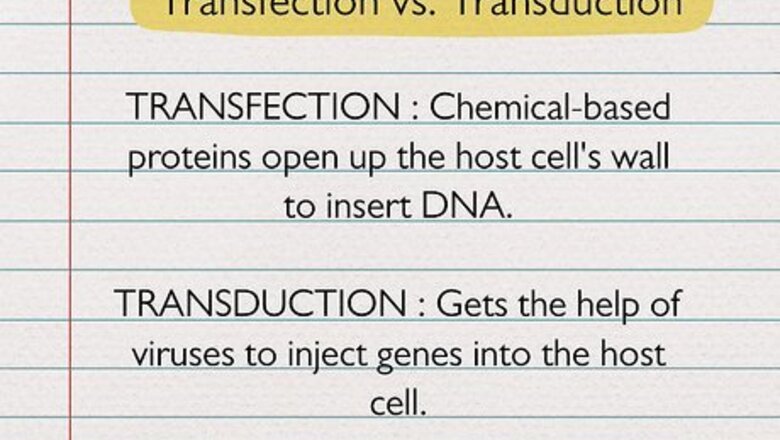
views
- Transfection uses chemical-based proteins to transfer genes into cells, while transduction uses viruses.
- Transduction tends to be more effective and efficient at gene transfer than transfection.
- Transfection typically uses calcium phosphate, cationic polymers, cationic lipids, and electroporation to transfer DNA.
- Transduction usually uses adenoviruses, retroviruses, and lentiviruses to insert genes into cells.
Differences Between Transfection and Transduction
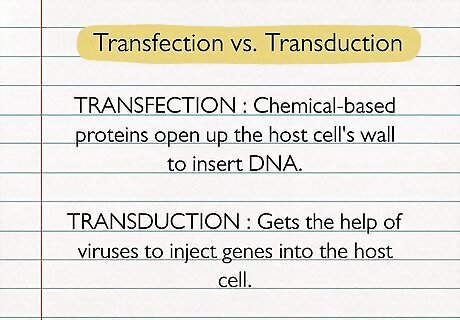
Transfection uses chemicals to transfer DNA; transduction uses viruses. Both transfection and transduction are types of horizontal gene transfer, a process where the DNA of one cell is inserted into another cell. The main difference between these processes is how they transfer genetic material. During transfection, chemical-based proteins open up the host cell’s wall to insert DNA. On the other hand, transduction gets the help of viruses to inject genes into the host cell. Both transduction and transfection happen organically in nature, but scientists typically manipulate these processes to transfer specific genes in the lab. Horizontal gene transfer is used in a wide variety of fields, from genetics to biomedical research. It’s often used to better understand antibiotic resistance in bacteria.
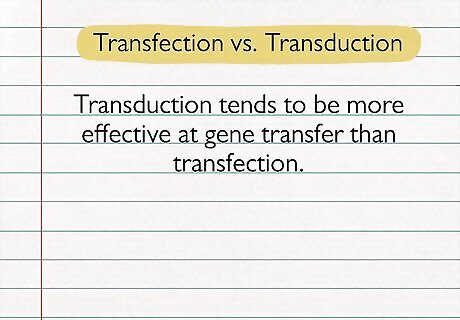
Transduction tends to be more effective at gene transfer than transfection. Unlike chemical-based transfer agents, viruses are less affected by outside factors that limit their ability to insert genetic material. They also tend to have an easier time making contact with the host cell. In a research setting, transduction’s greater efficiency often makes it the preferred choice compared to transfection. Transduction does have its limitations, as the viruses can infect and mutate the host cell, destroying it. Viruses also typically carry less genetic material than chemical-based proteins.
What is transfection?
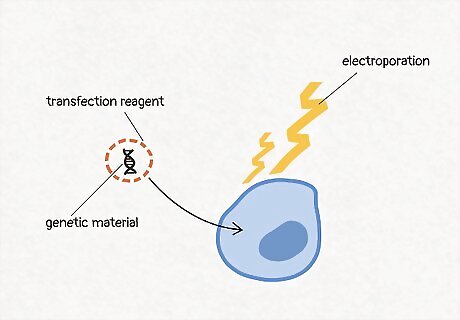
Transfection uses chemical carriers to transfer genetic info into a cell. Scientists typically use chemical-based proteins like calcium phosphate, cationic polymers, and cationic lipids to deliver the genetic material into the host cell. Transfection can also use a physical or mechanical process to open the cell’s membrane, such as electroporation. This process uses an electrical shock to create a gap in the cell’s wall so the genes can pass through. Transfection is either stable or transient. When it’s stable, the genetic material is fully integrated into the cell. When it divides, it passes on the genes to the new cell, which passes them on when it divides, too. With transient transfection, the genes aren’t integrated into the cell’s genetics. So, the genetic material is only available for a short amount of time. Transfection is typically used to study how genes function and are expressed in animal cells. This is important in gene therapy, where specific genes are introduced into a cell to see if they can cure a disease or illness.
What is transduction?
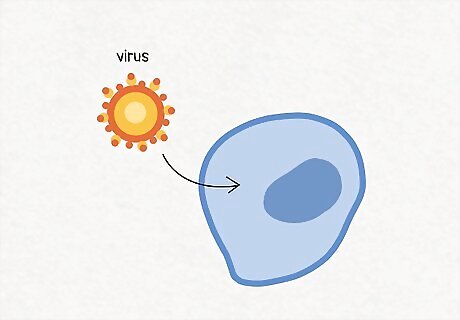
During transduction, viruses transfer genetic material into a host cell. It might sound odd to use viruses, but scientists have found that adenoviruses, retroviruses, and lentiviruses are typically safe and easy to control. These viruses infiltrate and infect the host cell, cracking open its cell wall to insert the genes inside. Like transfection, transduction can either be stable or transient. Transduction is often used to study how viruses transfer genetic material in different environments. It’s also used to better understand how cancer patients’ cells respond to certain treatments.
What is transformation?
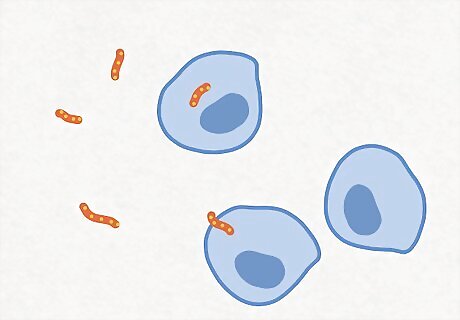
In transformation, a cell picks up genes from its environment. Compared to transduction and transfection, transformation is a natural process. Typically, one bacteria cell meets another of the same kind and they transfer genes. Or, a cell encounters strands of DNA, or plasmids, in its environment and incorporates them into its DNA. This process is often the basis of antibiotic resistance. When one bacteria cell develops resistance, it spreads its genes to other cells that also grow resistant to the medicine.
















Comments
0 comment